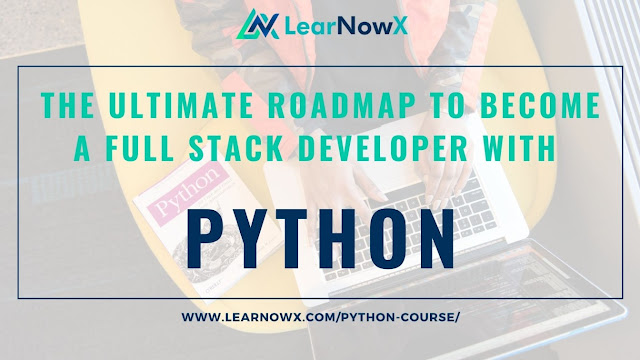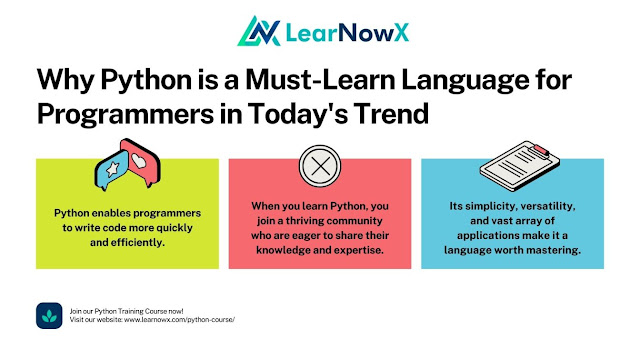Mastering Supervised and Unsupervised Learning: Machine Learning
In the realm of machine learning, understanding the nuances between supervised and unsupervised learning is paramount. These two paradigms form the backbone of numerous algorithms and methodologies that drive innovation across various industries. In this comprehensive guide, we delve deep into both supervised and unsupervised learning, elucidating their principles, applications, and key differentiators.
Understanding Supervised Learning
Supervised learning involves training a model on a labeled dataset, where each input is paired with its corresponding output. The model learns to map input data to the correct output based on the provided examples. This paradigm is akin to learning under the guidance of a teacher who provides feedback on the correctness of predictions.
Applications of Supervised Learning
Supervised learning finds applications in diverse fields, including:
Classification: Predicting discrete outcomes such as spam detection, sentiment analysis, and medical diagnosis.
Regression: Estimating continuous values like stock prices, housing prices, and demand forecasting.
Algorithms in Supervised Learning
Numerous algorithms are employed in supervised learning, each suited to different types of tasks and datasets. Some prominent algorithms include:
Linear Regression: Ideal for modeling relationships between dependent and independent variables.
Support Vector Machines (SVM): Effective for both classification and regression tasks, particularly in high-dimensional spaces.
Decision Trees: Versatile algorithms that can handle both classification and regression problems, offering interpretability and ease of visualization.
Delving into Unsupervised Learning
Unsupervised learning, in contrast, operates on unlabeled data, where the model must infer the underlying structure or patterns without explicit guidance. This paradigm is akin to learning through observation and discovery, without predefined categories or labels.
Applications of Unsupervised Learning
Unsupervised learning finds applications in various domains, including:
Clustering: Grouping similar data points together, as seen in customer segmentation, image segmentation, and anomaly detection.
Dimensionality Reduction: Reducing the number of features while preserving essential information, essential for visualization and feature extraction.
Algorithms in Unsupervised Learning
Several algorithms drive unsupervised learning tasks, including:
K-means Clustering: A popular algorithm for partitioning data into clusters based on similarity measures.
Principal Component Analysis (PCA): Used for dimensionality reduction by projecting data onto a lower-dimensional subspace.
Autoencoders: Neural network architectures used for learning efficient representations of input data, often employed in feature learning and data denoising tasks.
Key Differences Between Supervised and Unsupervised Learning
While both paradigms aim to extract meaningful insights from data, they differ in several aspects:
Availability of Labels: Supervised learning requires labeled data for training, whereas unsupervised learning operates on unlabeled data.
Nature of Output: In supervised learning, the model predicts specific outputs based on input features, while unsupervised learning focuses on discovering hidden patterns or structures within the data.
Complexity: Supervised learning tasks are often more straightforward since the model receives explicit feedback during training, whereas unsupervised learning tasks can be more challenging due to the absence of labels.
Conclusion
In conclusion, mastering both supervised and unsupervised learning is essential for harnessing the full potential of machine learning algorithms. By understanding the principles, applications, and nuances of these paradigms, practitioners can develop robust models capable of addressing a wide array of real-world challenges. Whether it's making predictions based on labeled data or uncovering hidden patterns in unlabeled datasets, the fusion of supervised and unsupervised learning paves the way for transformative advancements in artificial intelligence and data science.
Join LearnowX Institute and embark on your journey into the fascinating world of machine learning! Our comprehensive Machine Learning Course for Beginners covers the essential concepts of supervised, unsupervised, and reinforcement learning, equipping you with the skills needed to tackle real-world data problems. Enroll now to gain hands-on experience and kickstart your career in AI and data science. Don't miss out on this opportunity to expand your knowledge and expertise with LearnowX Institute. Sign up today!


Comments
Post a Comment